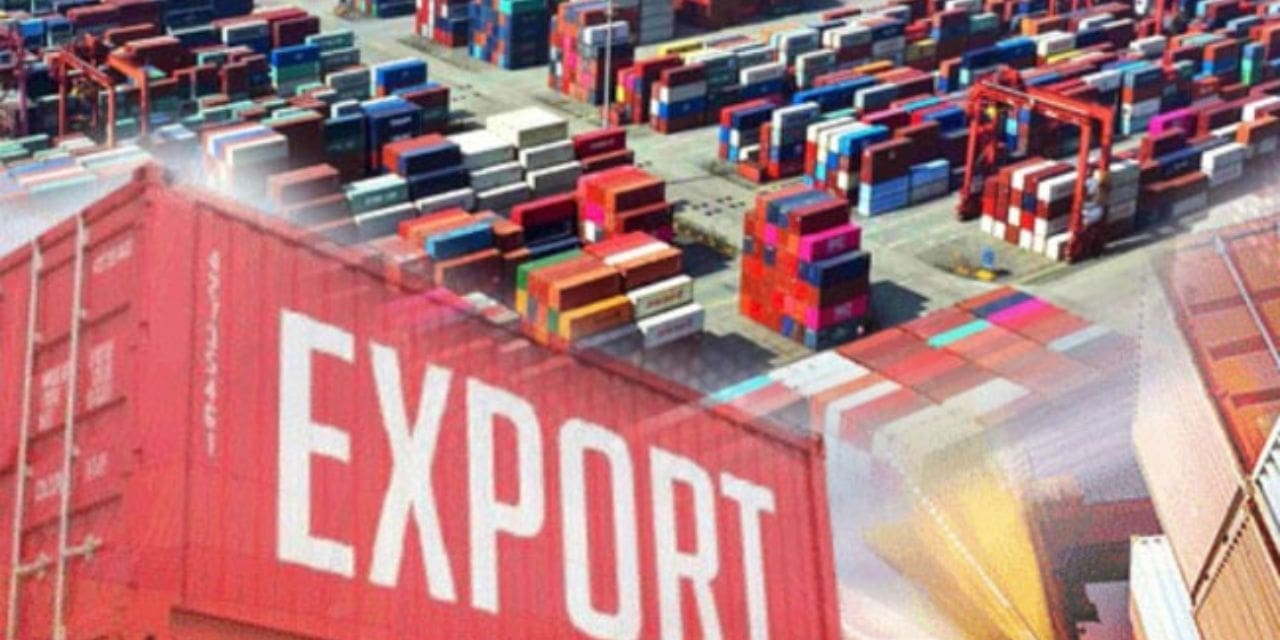The Netherlands has emerged as India’s third-largest export destination, ahead of China and Bangladesh. It has moved up two spots in the list of India’s top ten export destinations since FY22. The Netherlands has emerged as India’s third-largest export destination, ahead of China and Bangladesh. It has moved up two spots in the list of India’s top ten export destinations since FY22, thanks to a 106% surge in dispatches until August this fiscal from a year before to $7.5 billion. What comes as a greater surprise is that Brazil, which occupied the 21st spot in FY22, is now India’s 8th biggest export market. Similarly, Indonesia has moved up seven notches to grab the 7th position. However, amid a demand slowdown, only two European nations—the Netherlands and the UK–are among India’s top ten markets, against 4 in FY22. Germany and Belgium, which featured in the list last fiscal, are out of it now.
Meanwhile, the US and the UAE continue to be the largest and second-largest export destinations, respectively, for India. The exports to the US climbed 18.3% until August to $35.2 billion, while those to the UAE shot up 27.3% to $13.8 billion. The Main Constituents: India’s exports to the Netherlands were driven mostly by a 238% jump in dispatches of oil products until August this fiscal to $3.67 billion. Even supplies of chemicals ($513 million) and pharmaceuticals ($219 million) remained substantial.
Meanwhile, exports to Indonesia jumped 43% to $4.8 billion. The supplies to this ASEAN country were dominated by petroleum products, which jumped 144% on year up to August this fiscal to $1.8 billion. The other key products were cereals, sugar and chemicals. The shipment to Brazil swelled 70.9% in the first five months of this fiscal to $4.7 billion. The exports were driven by a 299% jump in supplies of petroleum products to $2.3 billion, followed by those of certain chemicals ($684 million) and automobiles, auto parts and allied products ($233 million). While Bangladesh has restricted its imports to mainly essential products to conserve dollars in the wake of a foreign exchange crisis there, even then exports to Bangladesh rose 8.7% to $5.8 billion.
China is still battling the pandemic. So, India’s exports to China contracted sharply by 35.6% until August this fiscal to $6.8 billion. In contrast, India’s merchandise exports to all destinations grew 19.5% in the first five months of this fiscal to $196.5 billion. India’s Export Performance: The government aims at making India an export hub, to help boost job creation. The export-to-GDP ratio has risen fast since the early 1990s and now stands broadly at par with China. The large share of services in total exports however stands out: while India has performed very well in exporting IT services, exports of goods have lagged behind. Exports of labour-intensive manufacturing products could grow faster and contribute to job creation. The 2019 OECD Economic Survey of India discusses policies to make India’s exports more competitive. Performance of services exports has been stellar. India’s share of world services trade more than quadrupled from 0.5% in 1995 to 3.5% in 2018 and India has become a major exporter of business services, notably in the Information, Communication and Technology (ICT) sector.
Medical and wellness tourism is also performing well, with patients seeking high-quality medical treatment at competitive prices in some Indian hospitals. Exports of goods have displayed mixed results. India has gained market shares for some skill- and capital-intensive goods, including pharmaceuticals and refined oil. However, performance in exporting textiles, leather and agricultural products has disappointed.
Looking at the labour-intensive components of the textile sector (including garment) provides an illustration: Vietnam now has a larger market share. India could make exports a new growth engine: India’s trade prospects are relatively positive as it has specialised in sectors which will likely be in high demand in the future (e.g. ICT services, pharmaceuticals and medical devices) and in fast growing destinations (with a large share of its exports to emerging market economies). To unlock its potential to seize market shares in the labour-intensive manufacturing segment, India should modernise labour and land regulations, address infrastructure bottlenecks and open up further the services sector to trade and investment. Better and less expensive services – financial, marketing, distribution, legal, transport, etc. – will increase competitiveness in the manufacturing sector, boost job creation and meet the aspirations of women and new comers on the labour market.

